Indian restaurant bhuna curry is a recipe that shows up all on menus all over the place. It’s typically a thick, well spiced, medium hot dish. It’s really tasty. This bhuna is just that.
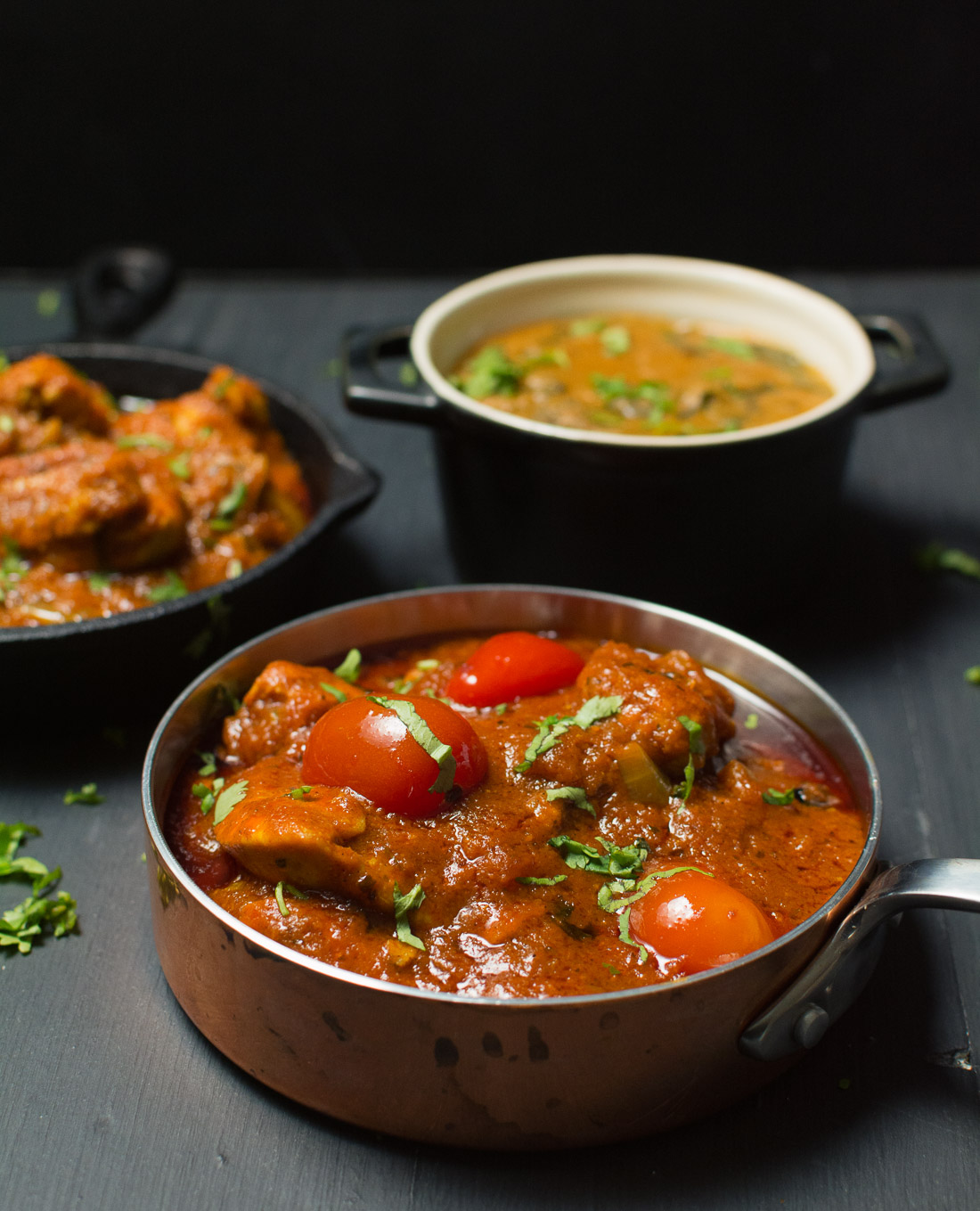

Indian restaurant bhuna curry is a recipe that shows up all on menus all over the place. It’s typically a thick, well spiced, medium hot dish. It’s really tasty. This bhuna is just that.
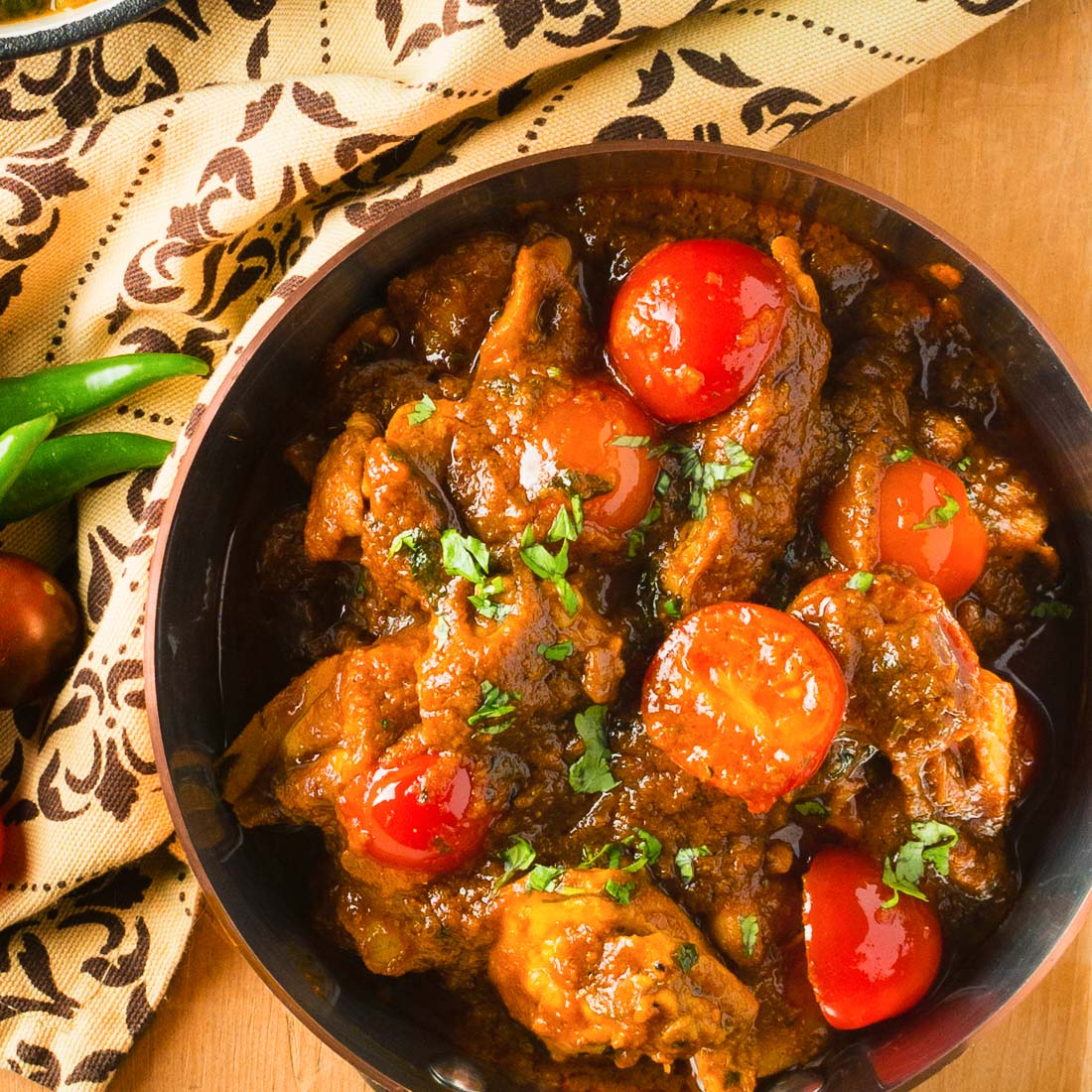
Indian restaurant lamb curry. Big flavours. And that lush gravy you get when you go our for Indian food. This is how they do it.
This Indian restaurant lamb curry is nameless. There’s no long standing traditional dish behind it. It’s a bit of an accident really but a really tasty one.
I set out to make a particular curry one night. Didn’t have the ingredients I thought I had so I had to improvise. And I came up with this lamb curry.
Since then it’s become one of my house curries. Regular fixture in my kitchen. I guess it has a name. It’s the glebe kitchen house curry.
I used lamb here but it works really well with chicken. Beef works too. That’s the thing about this style of cooking. You can mix things up and it will still be good. But lamb is my favourite. So it’s a lamb curry.
And for vegan options fried eggplant, mixed vegetables, potatoes or paneer would work nicely. Most Indian restaurant curries are like that. Well, except chicken tikka masala I guess…
This is my house Indian restaurant lamb curry. It’s a good starting point to make your own house curry. Something you don’t like? Leave it out.
Want it a bit zingy? Add some lemon or tamarind. Like it sweet? Add some extra sugar. Hotter? Bring it on. Have fun cooking. That’s the important thing.
Do your prep before you get started. Make your curry base and have some heated and ready to go. Pre-cook your meat. Measure out your ingredients. Have everything ready. Put on some old clothes – a bit of splatter is part of the fun.
If you have not yet read the guide to Indian restaurant technique yet, do it now. It has pictures to help you understand the recipe. There’s also a guide to Indian ingredients in that post.
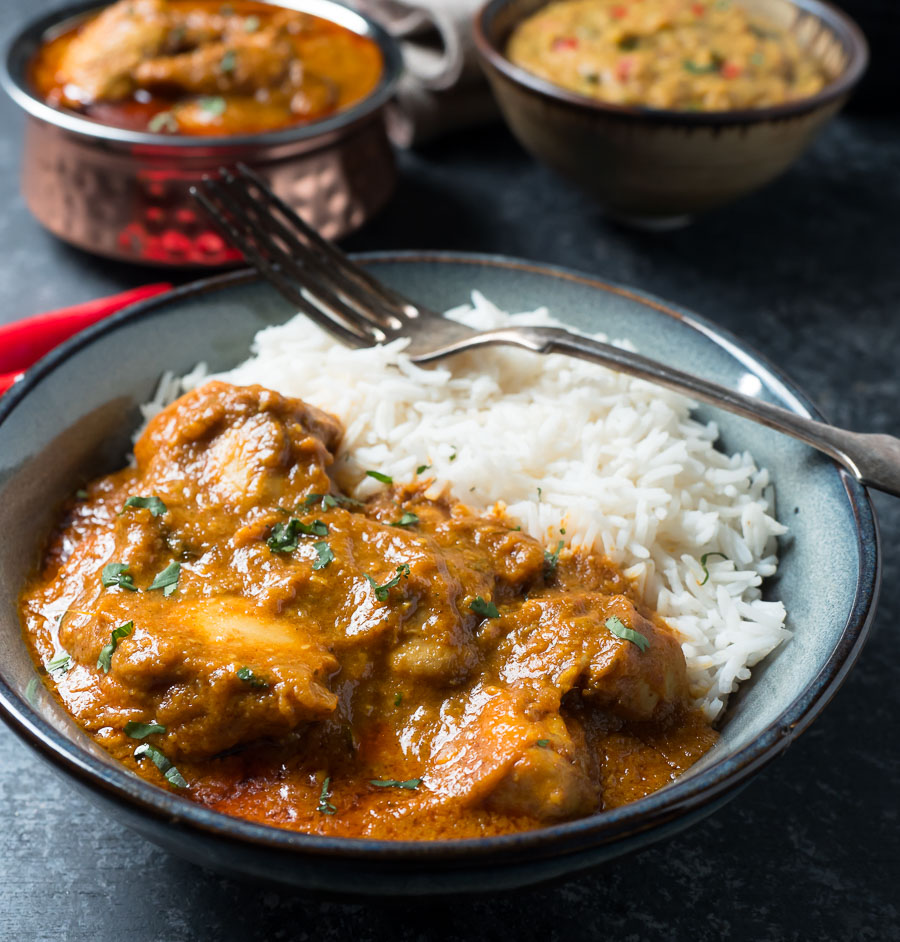
Indian restaurant madras curry is one of the great ones. Madras curry is on every single restaurant menu for a reason. It’s absolutely delicious.
It’s on the hotter end of the scale. A spicy curry. It can even be a really spicy curry. Some restaurants go a little overboard I find. I like blazing hot madras curry. But not everybody does.
Read More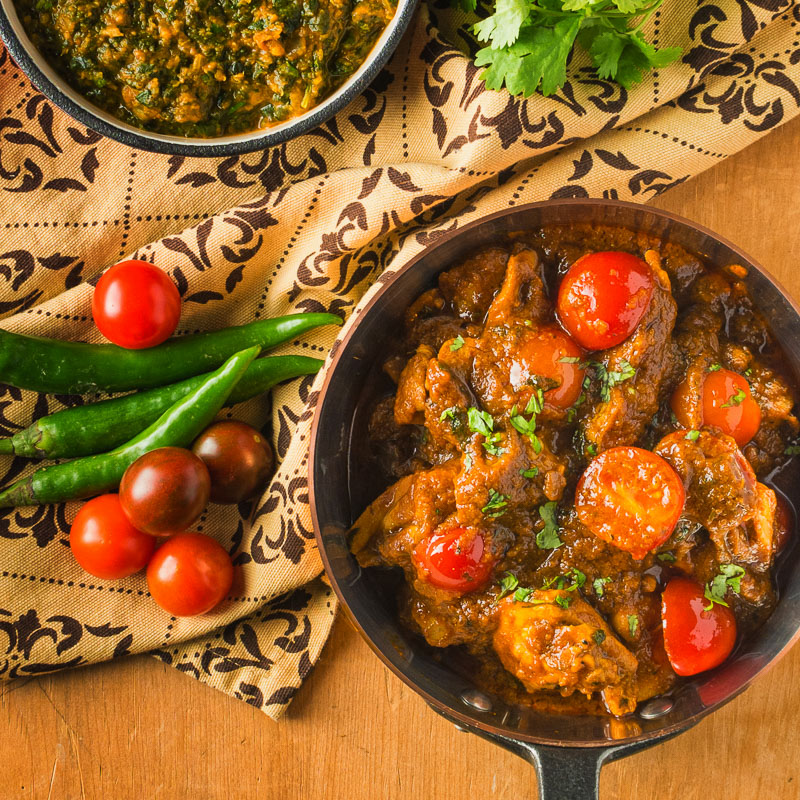
If you want to learn how to make Indian curries that taste just like you get in the restaurant, here’s how. The techniques, the ingredients, the recipes. Indian restaurant curry at home. You can do it.
If you’ve ever wondered why you can’t make Indian restaurant curry at home, here’s why. The entire internet is pretty much devoted to teaching you how to make homestyle curry.
Read More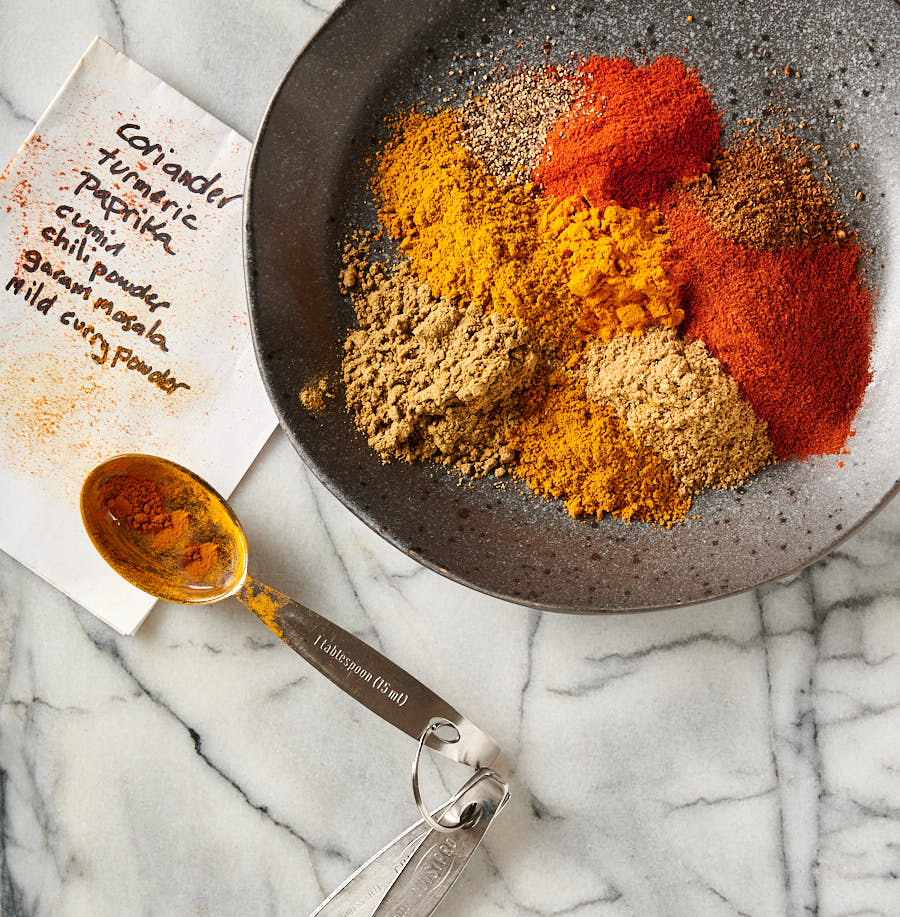
This Indian restaurant spice mix is a blend of key Indian spices that gives restaurant curries that big blast of flavour. It’s one of the ways restaurants are able to crank out curries in no time.
This is about easy. Easy and fast. No measuring a ton of spices every time you make a curry. This is the baseline. The signature blend.
Read More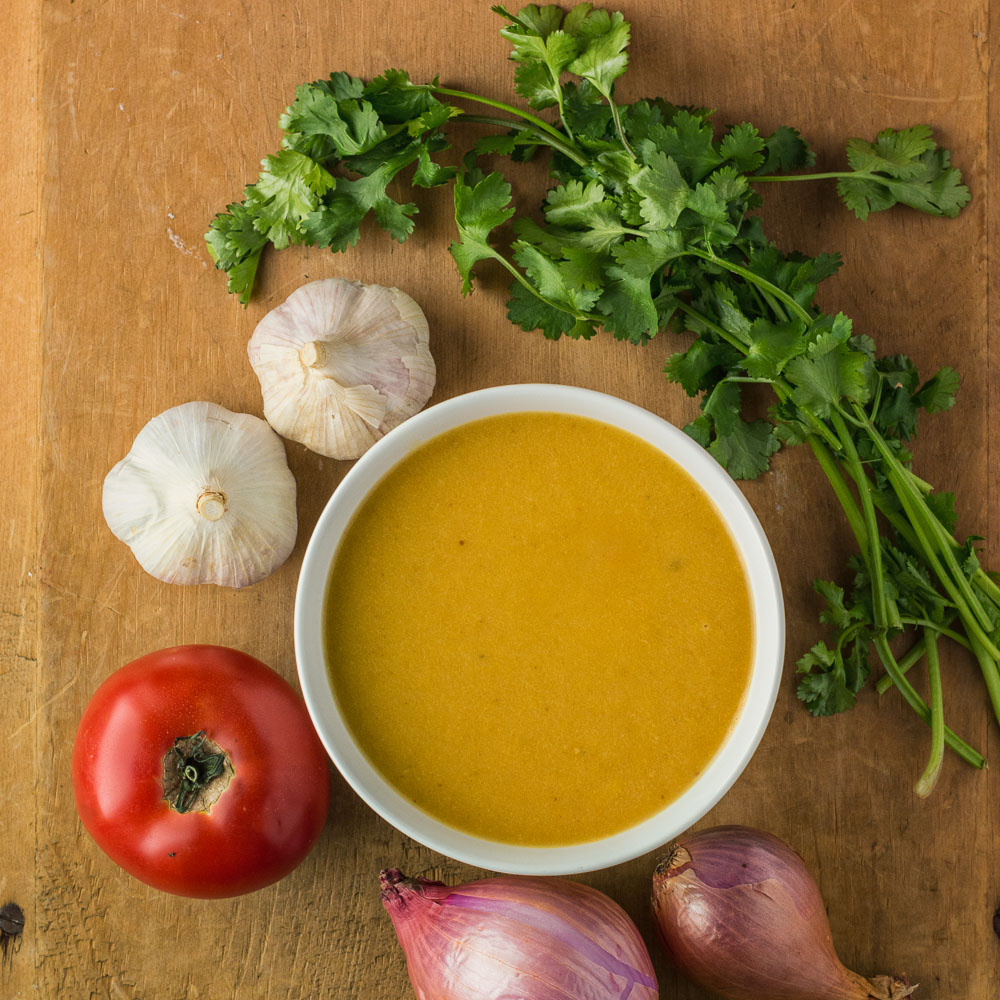
If you want to learn how to make Indian restaurant curries at home this is the place to start. Indian restaurant curry base or base gravy is the foundation of the whole thing. Get this figured out and you are on your way to making better curries than you can buy.
Indian restaurants cook a whack of different curries to order. Ever wonder how they do it? For sure they don’t have 25 curries simmering away in the kitchen.
Read More